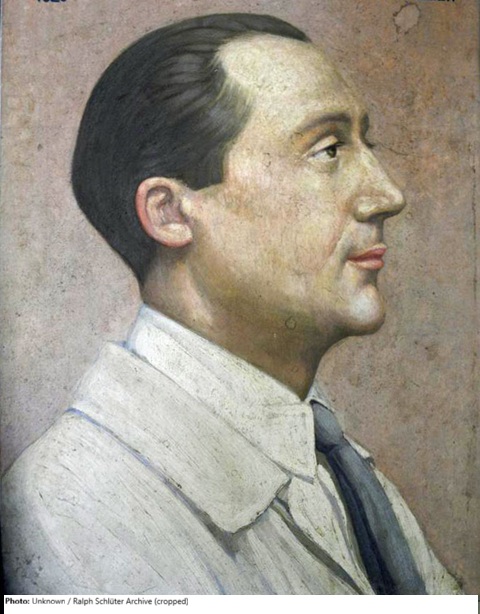Elie Jean Vézien

Biographical information
| Roles | Competed in Olympic Games |
|---|---|
| Sex | Male |
| Full name | Elie Jean•Vézien |
| Used name | Elie Jean•Vézien |
| Born | 18 July 1890 in Marseille (Marseilles), Bouches-du-Rhône (FRA) |
| Died | 7 September 1982 (aged 92 years 1 month 20 days) in Marseille (Marseilles), Bouches-du-Rhône (FRA) |
| NOC |  France France |
Biography
Sculptor, engraver and medalist Elie Jean Vézien trained as a goldsmith in Marseille and studied at the École des Beaux-Arts, amongst others under Jules Felix Coutan. He was a member of the Société des Artistes français and exhibited at their salons since 1921. In 1916 he was wounded and taken prisoner-of-war at Verdun during World War I and only released in 1919. In 1921 he was awarded the Prix de Roma. From 1942-61 he was director of the École des Beaux-Arts in Marseille. As a medalist he won the national competition for new state currency (coins of 10 and 20 francs) during World War II.
Vézien accepted commissions for both religious and commercial projects. His sculptures are found in the Hotel de Ville in Paris and two churches, Notre Dame de la Garde in Marseille and Saint-Jean-de-Latran in Roma. For the church Notre-Dame de la Garde he designed a 7.5 m high (!) Equestrian statue of Joan of Arc, from which, however, only a plaster model was created. Vézien preferred the more classical influences of Art Deco figures. In 1935 he was named a Knight of the Legion d’Honneur and a street in Marseille was later named for him.
Of both his Golfer and the Female Tennis Player there exist at least two known versions. By contrast, only one version could be proved of the Tennis Player. All of them are bronze figures.
Results
| Games | Discipline (Sport) / Event | NOC / Team | Pos | Medal | As | |
|---|---|---|---|---|---|---|
| 1932 Summer Olympics | Art Competitions |  FRA FRA |
Elie Jean Vézien | |||
| Sculpturing, Statues, Open (Olympic) | ||||||
| Sculpturing, Statues, Open (Olympic) | ||||||
| Sculpturing, Statues, Open (Olympic) | ||||||
| Sculpturing, Statues, Open (Olympic) |